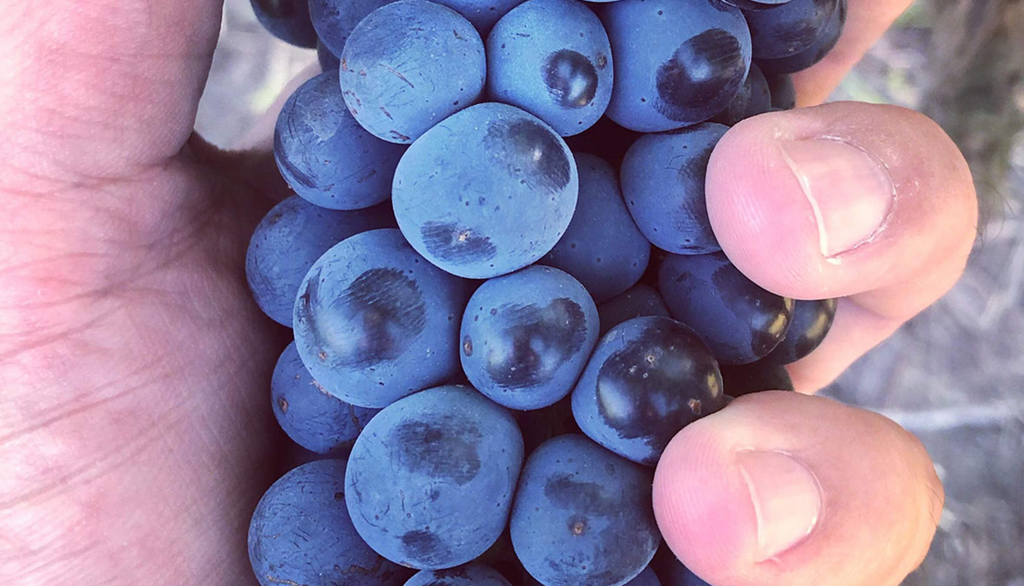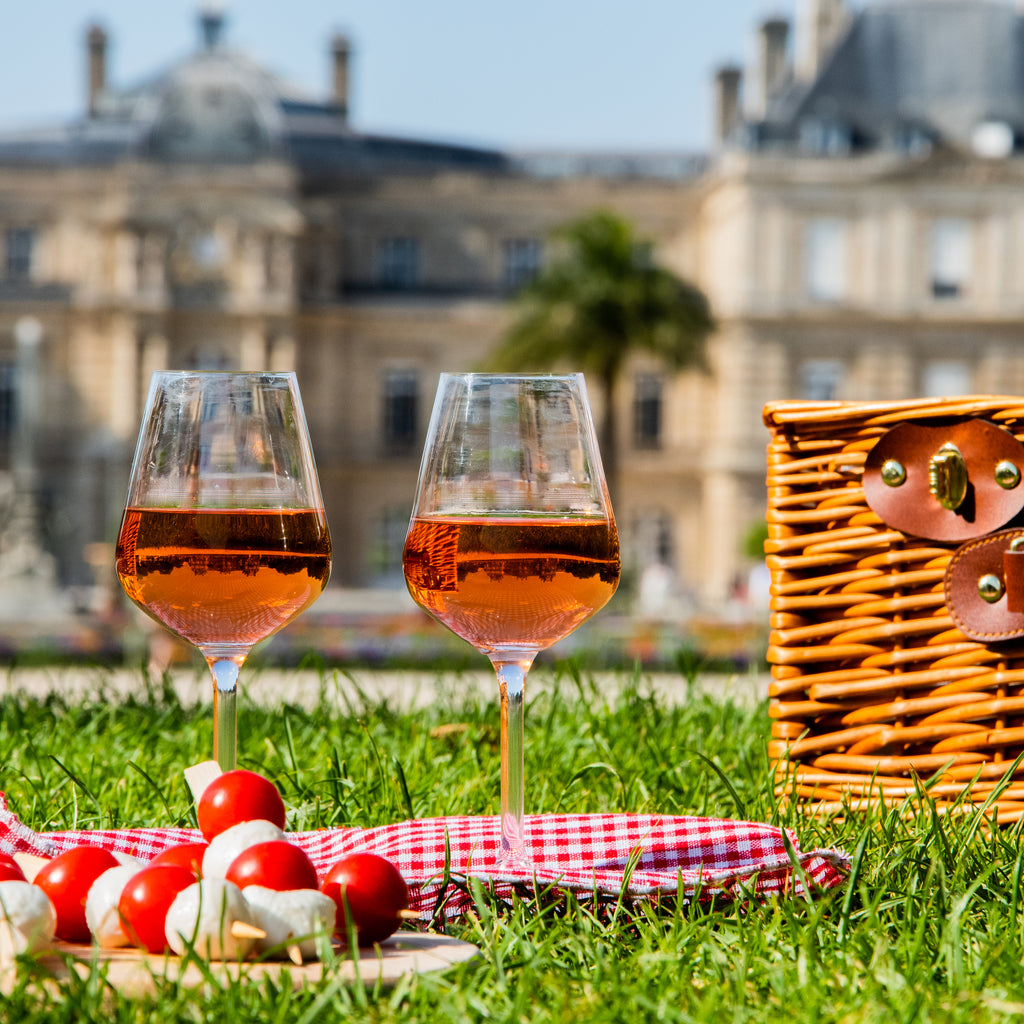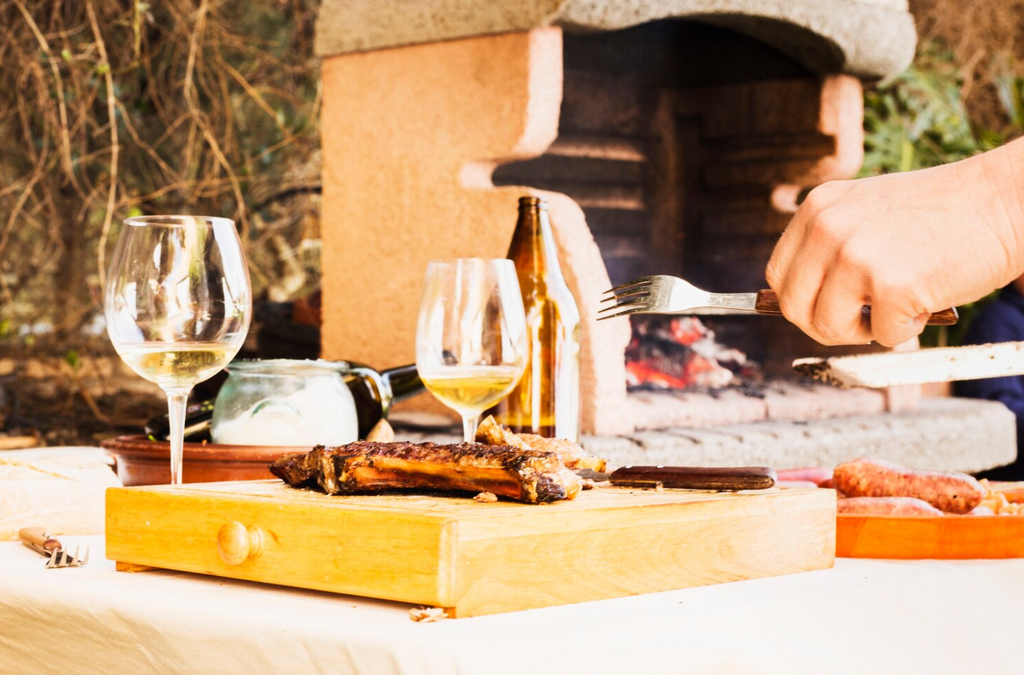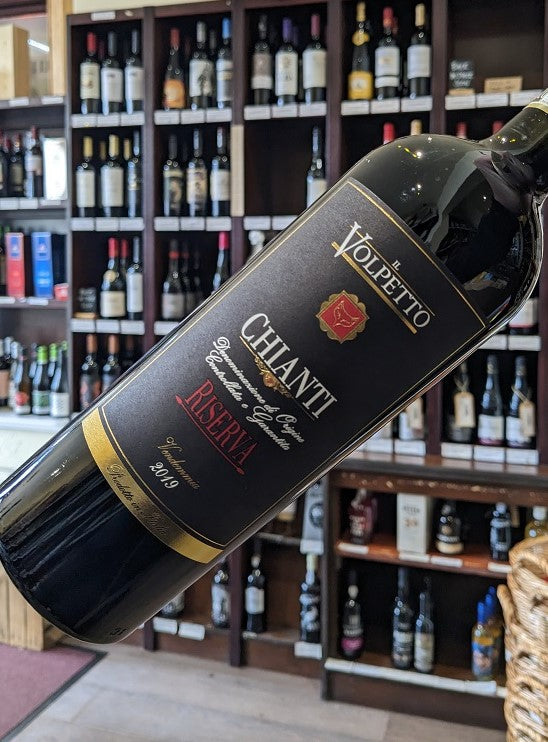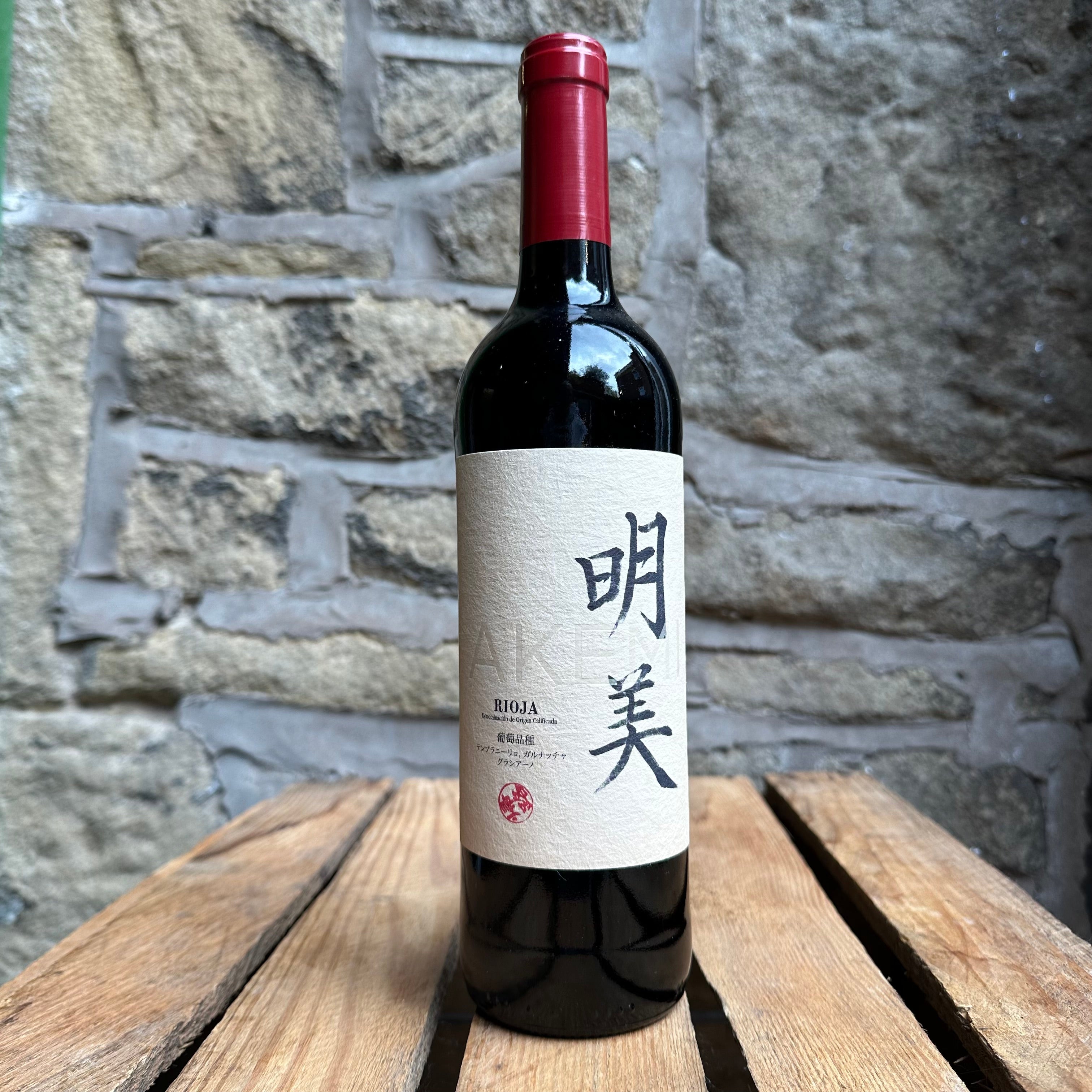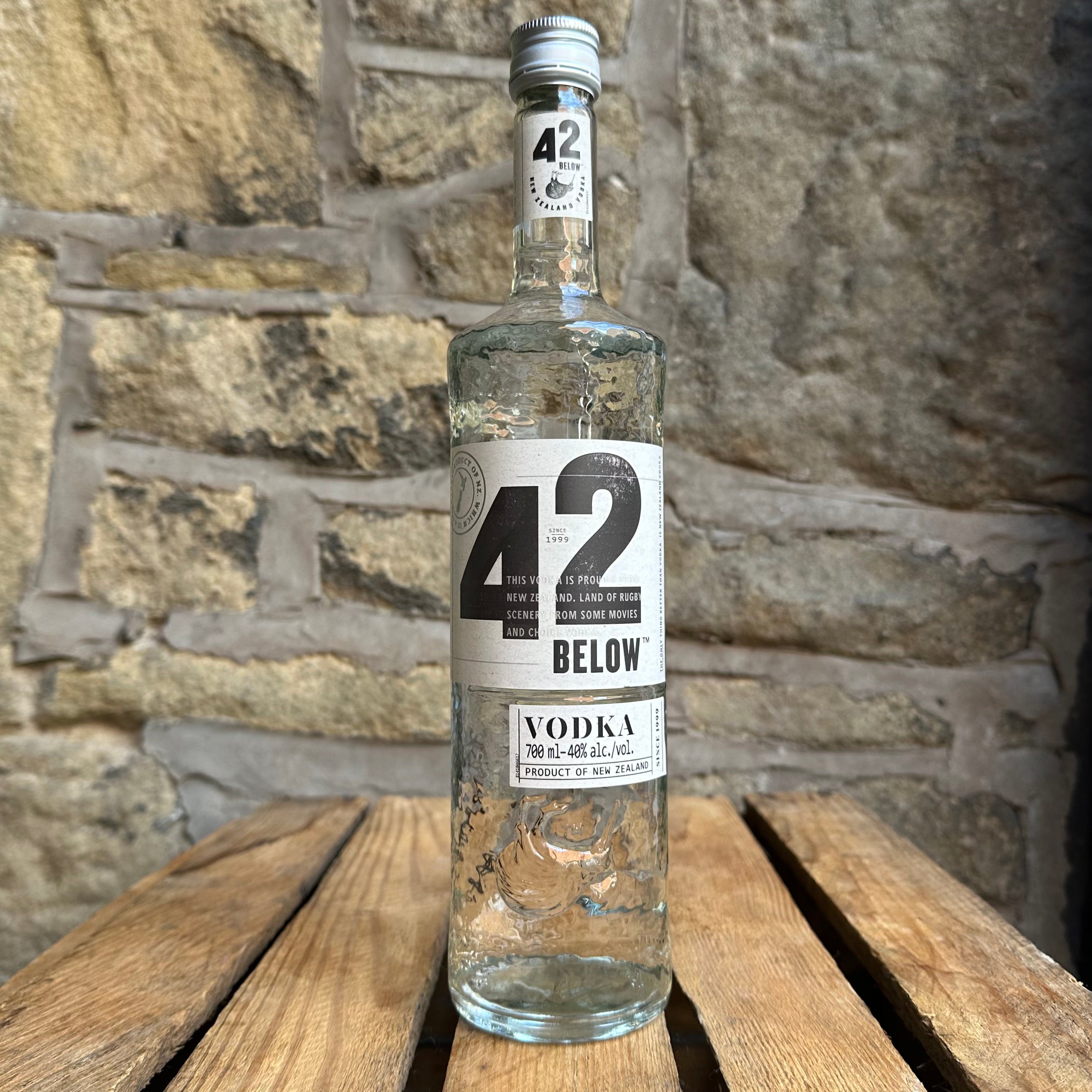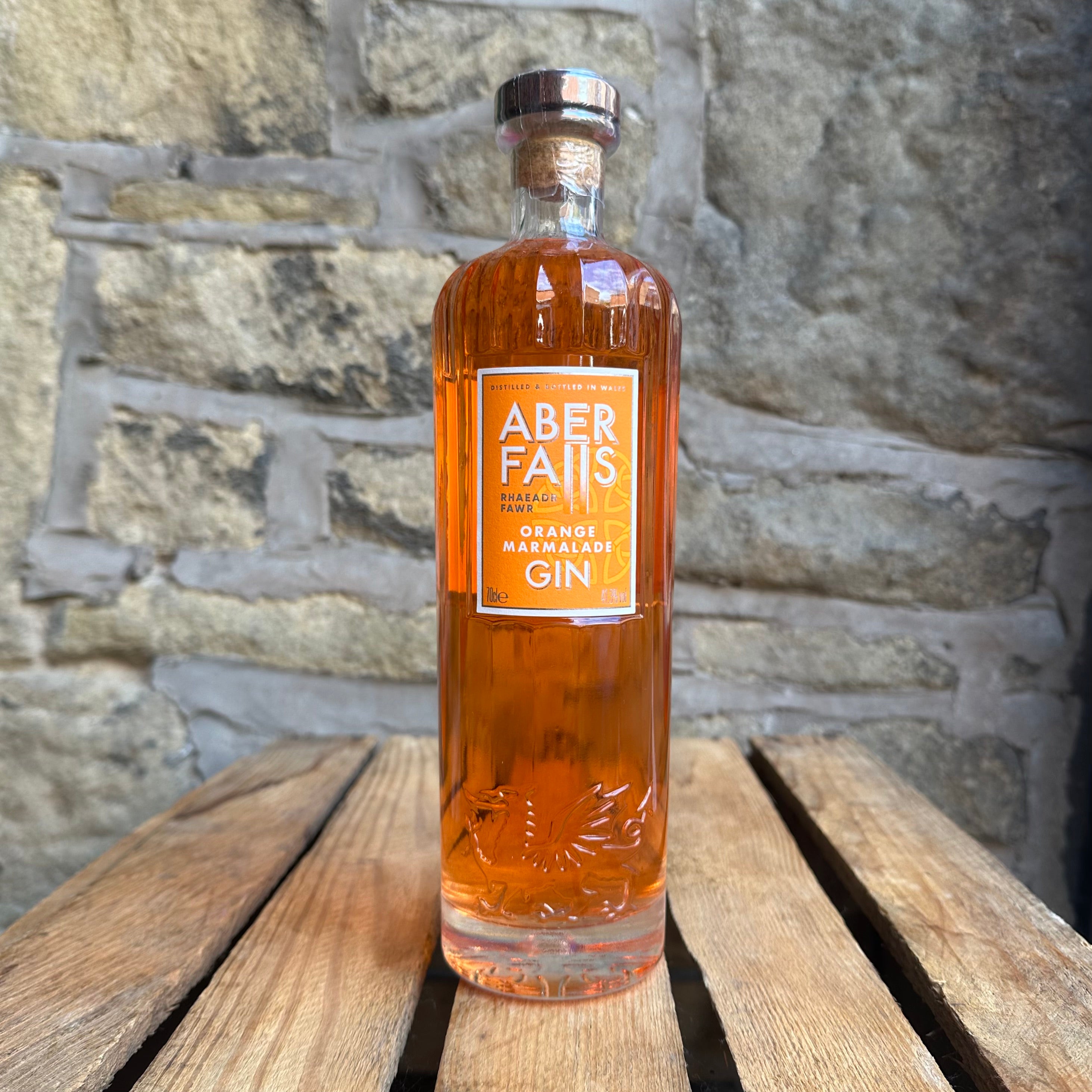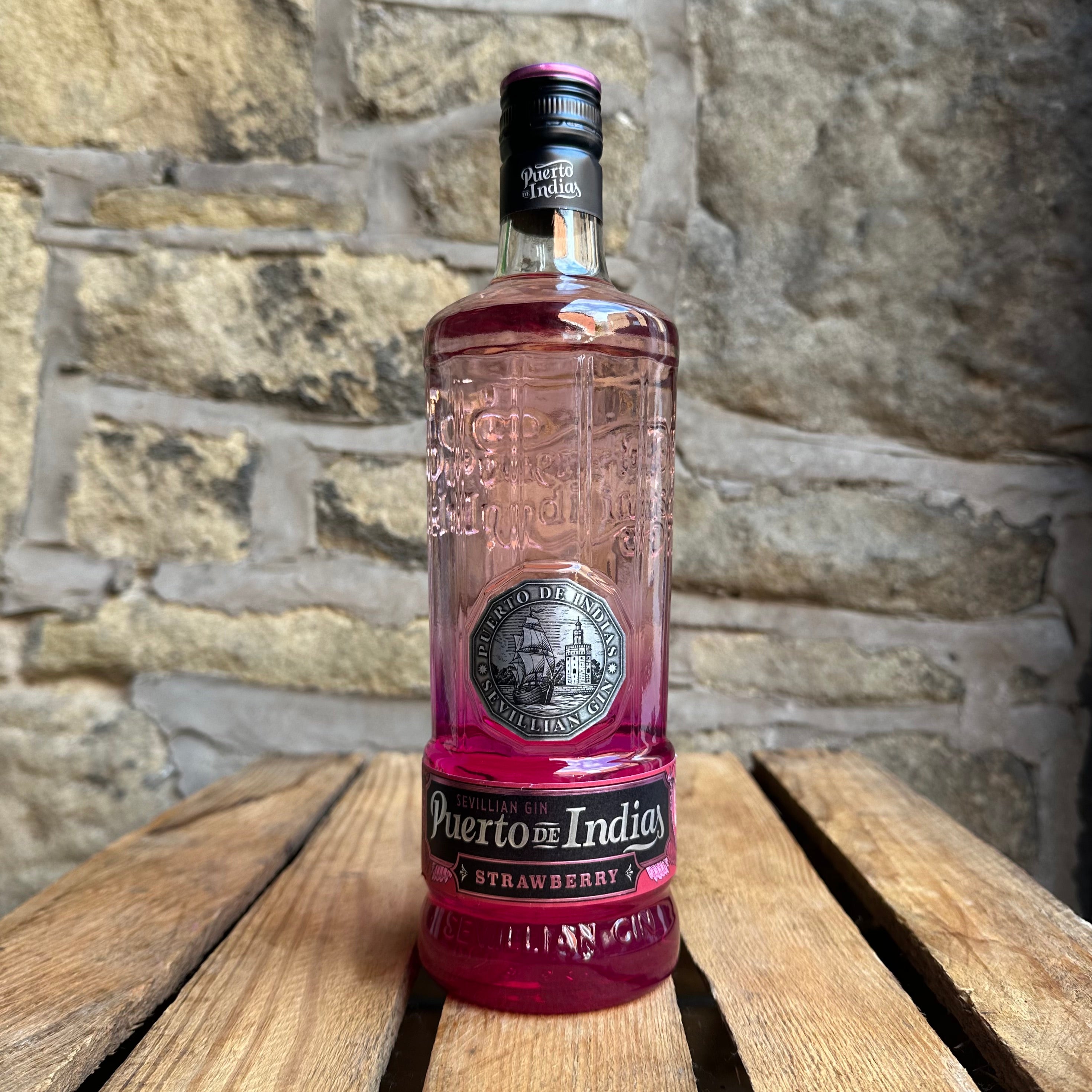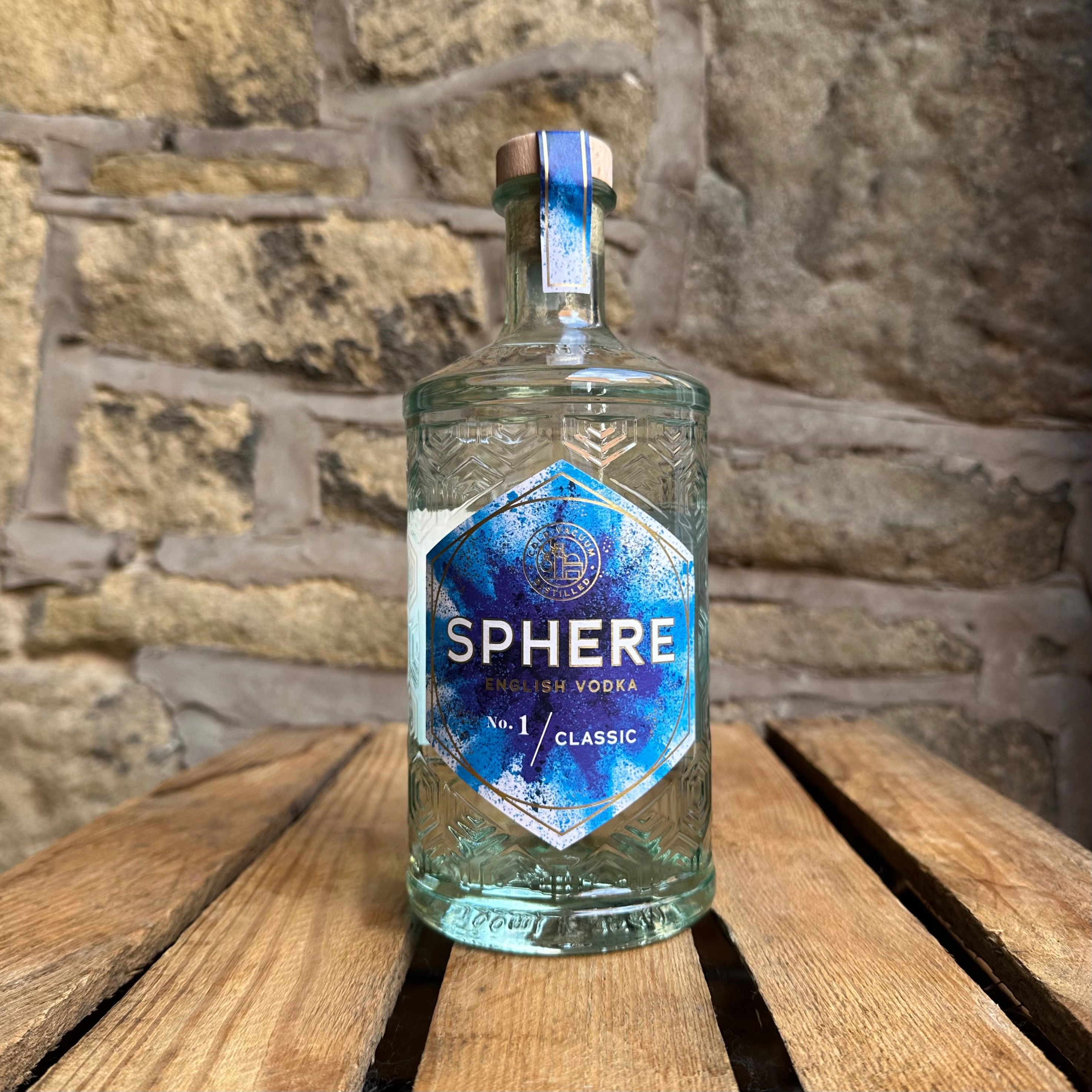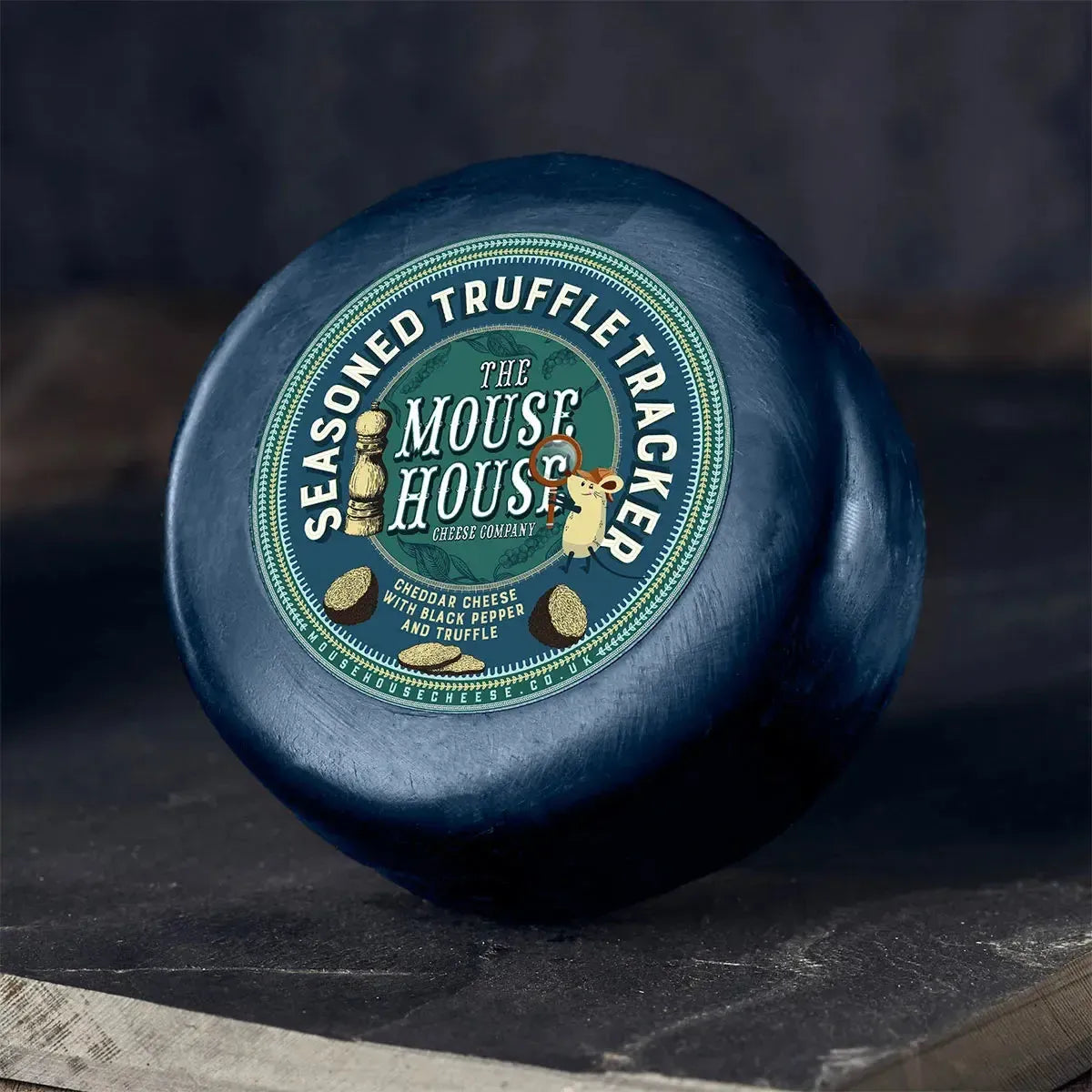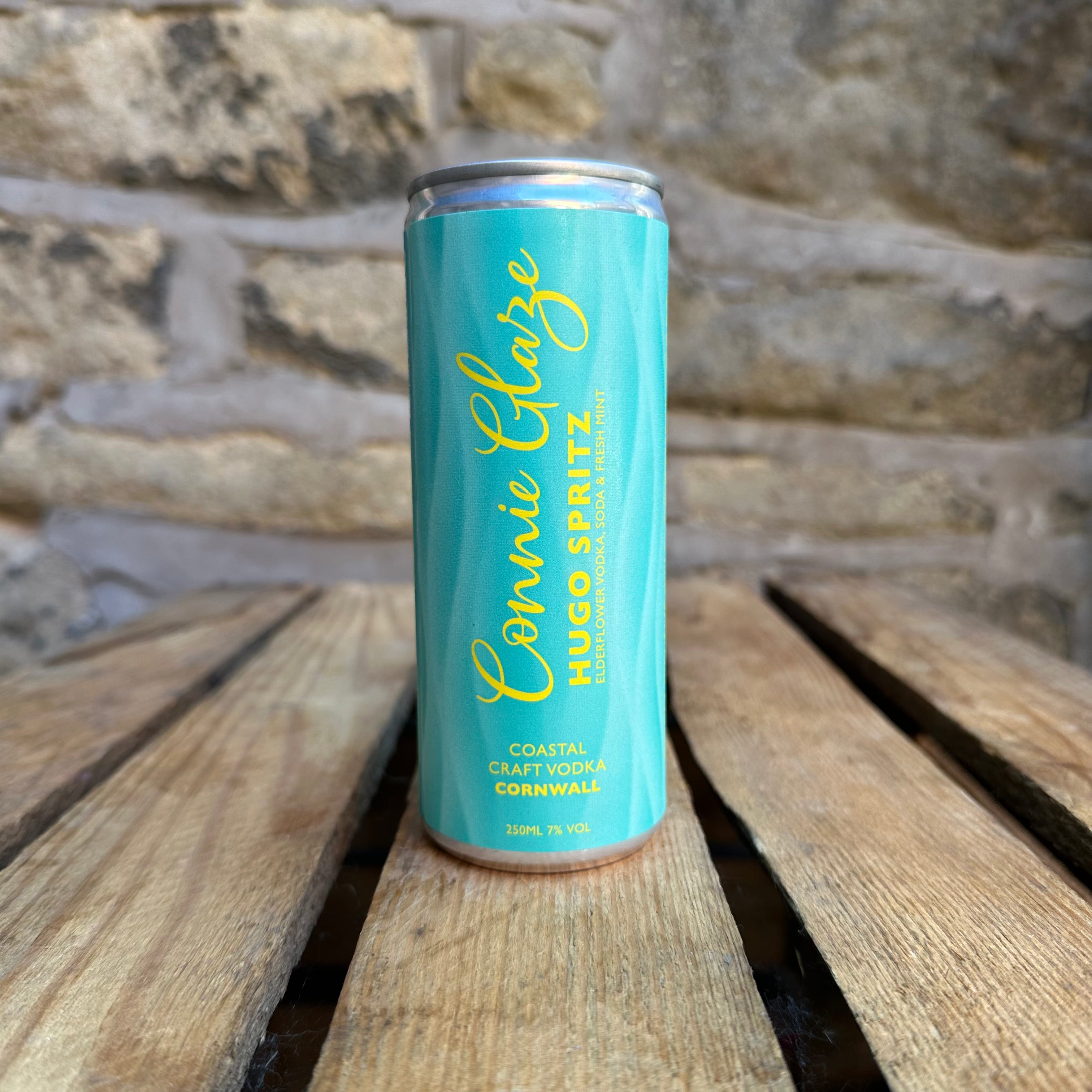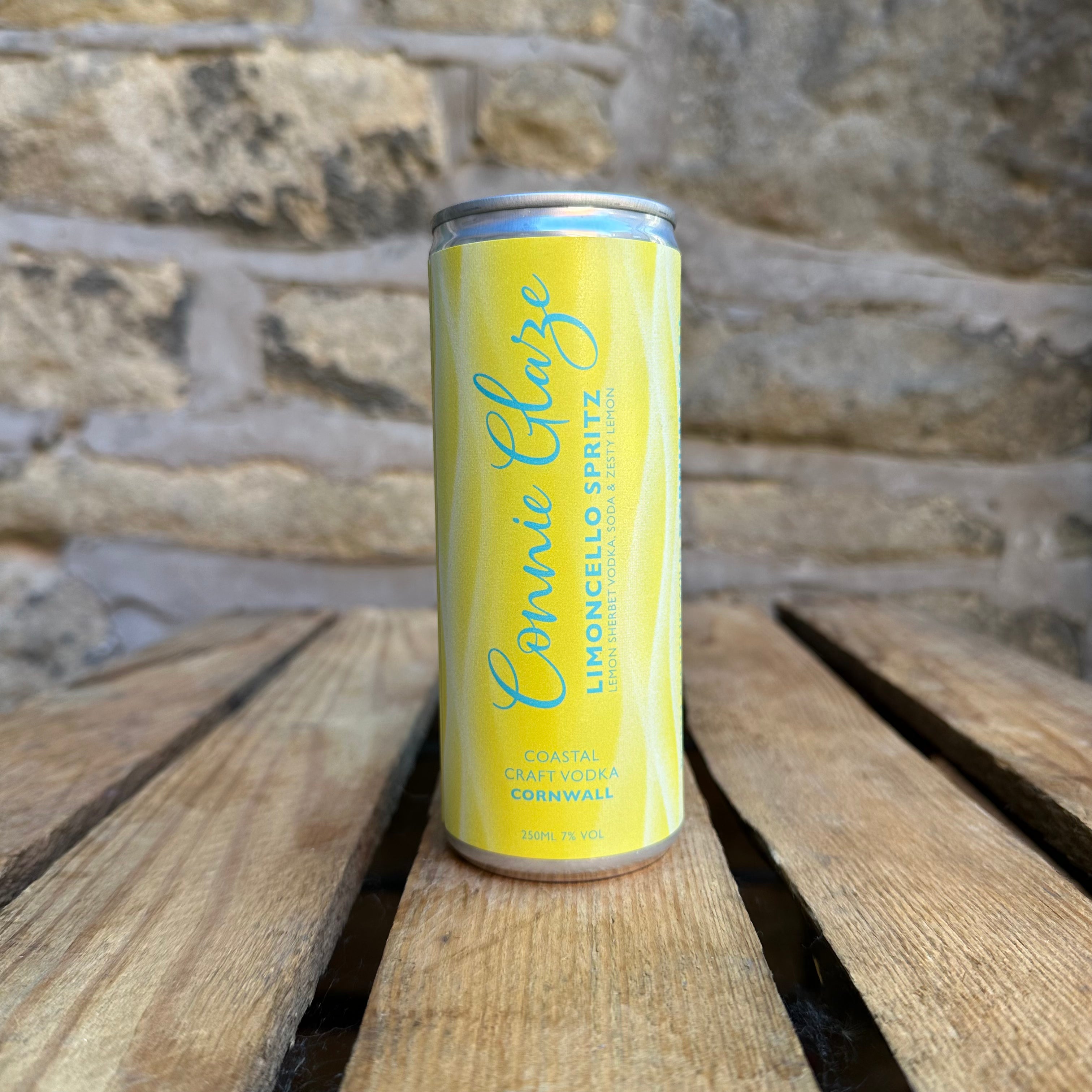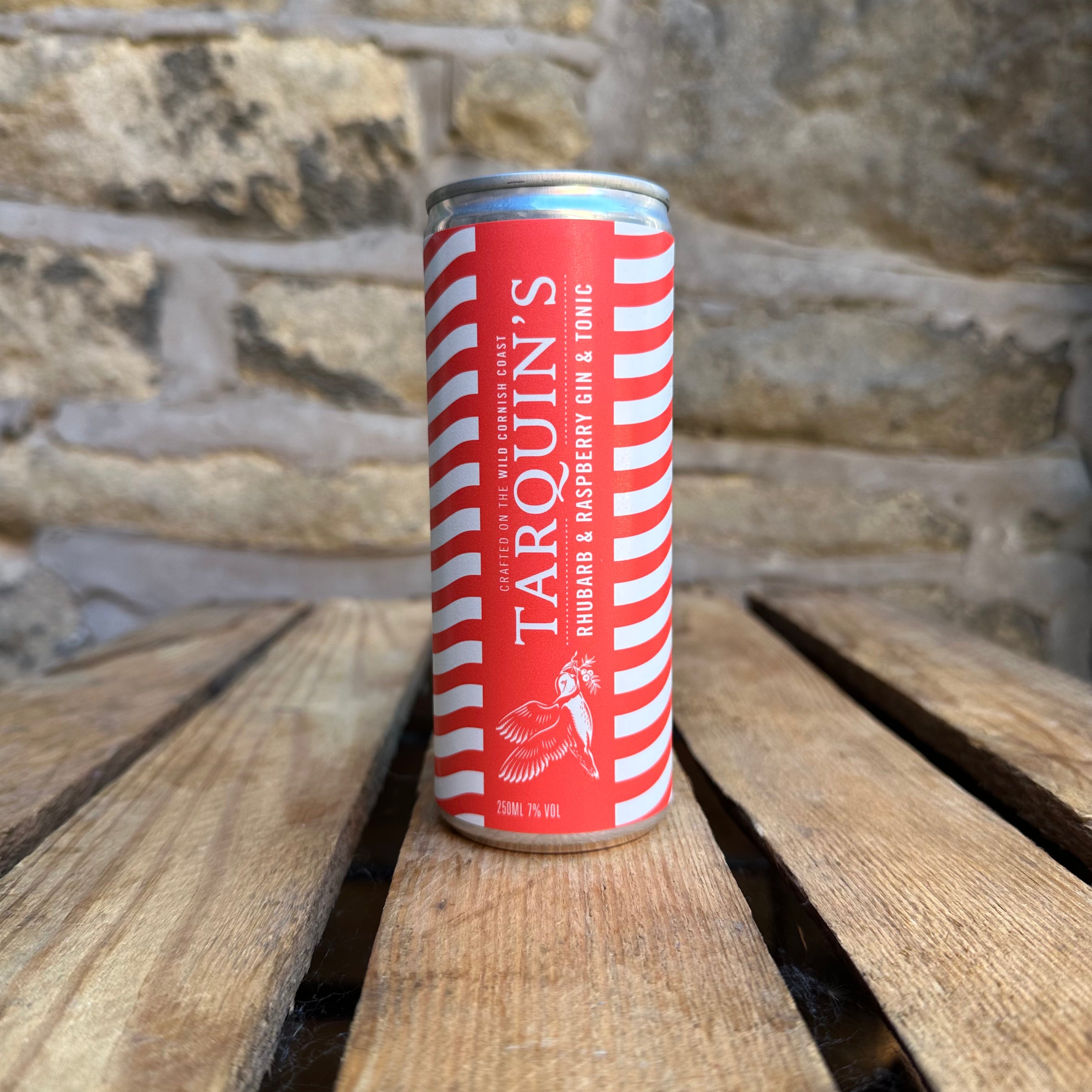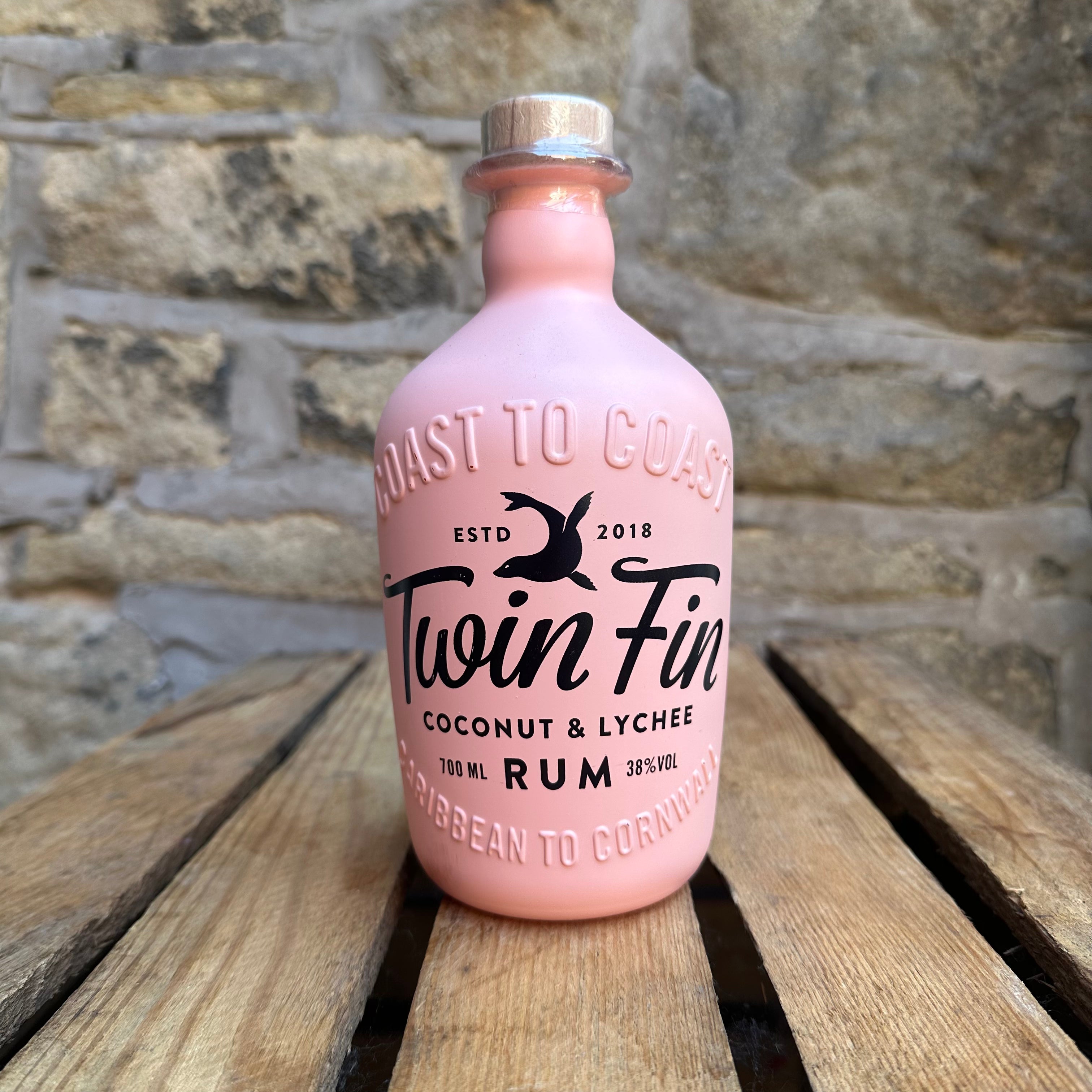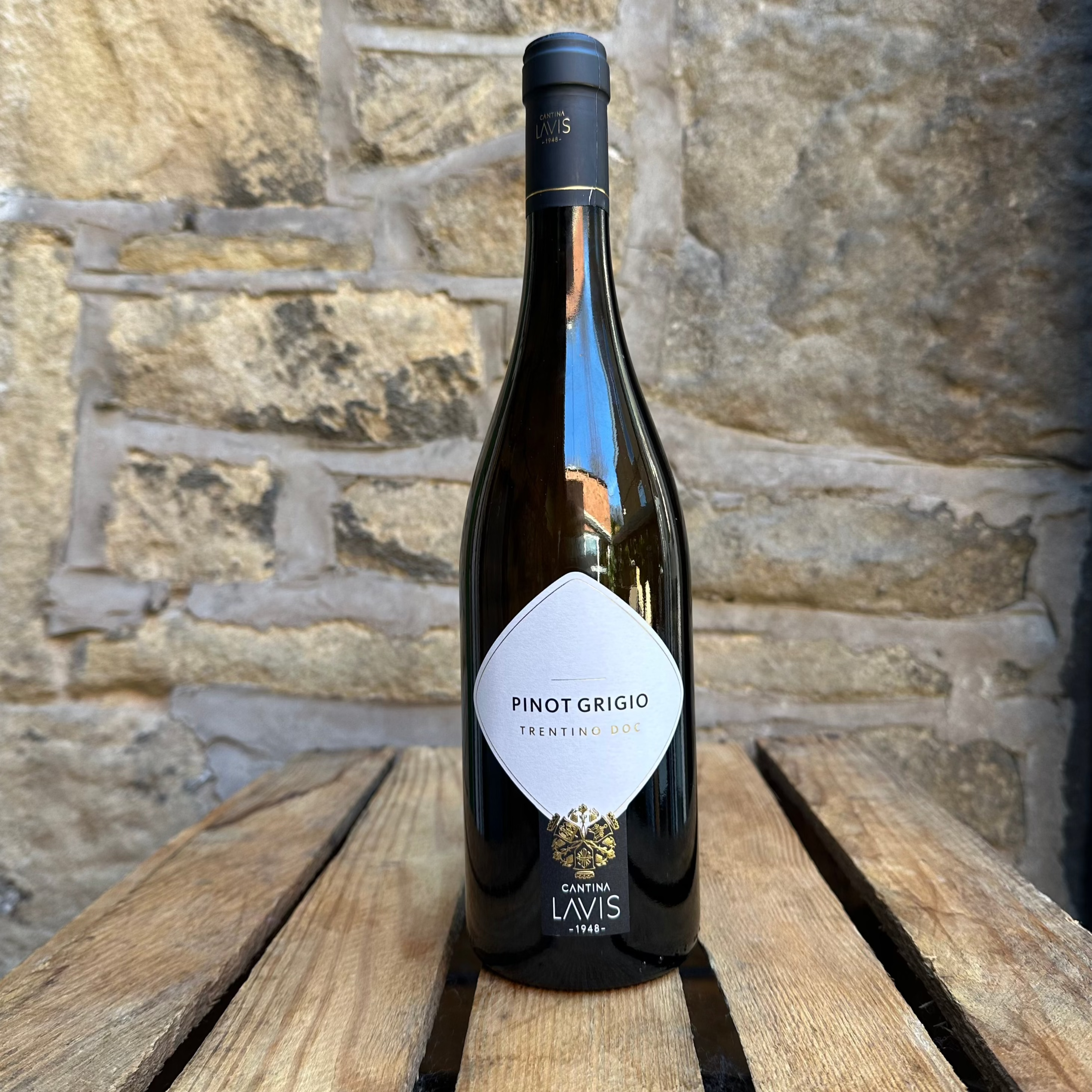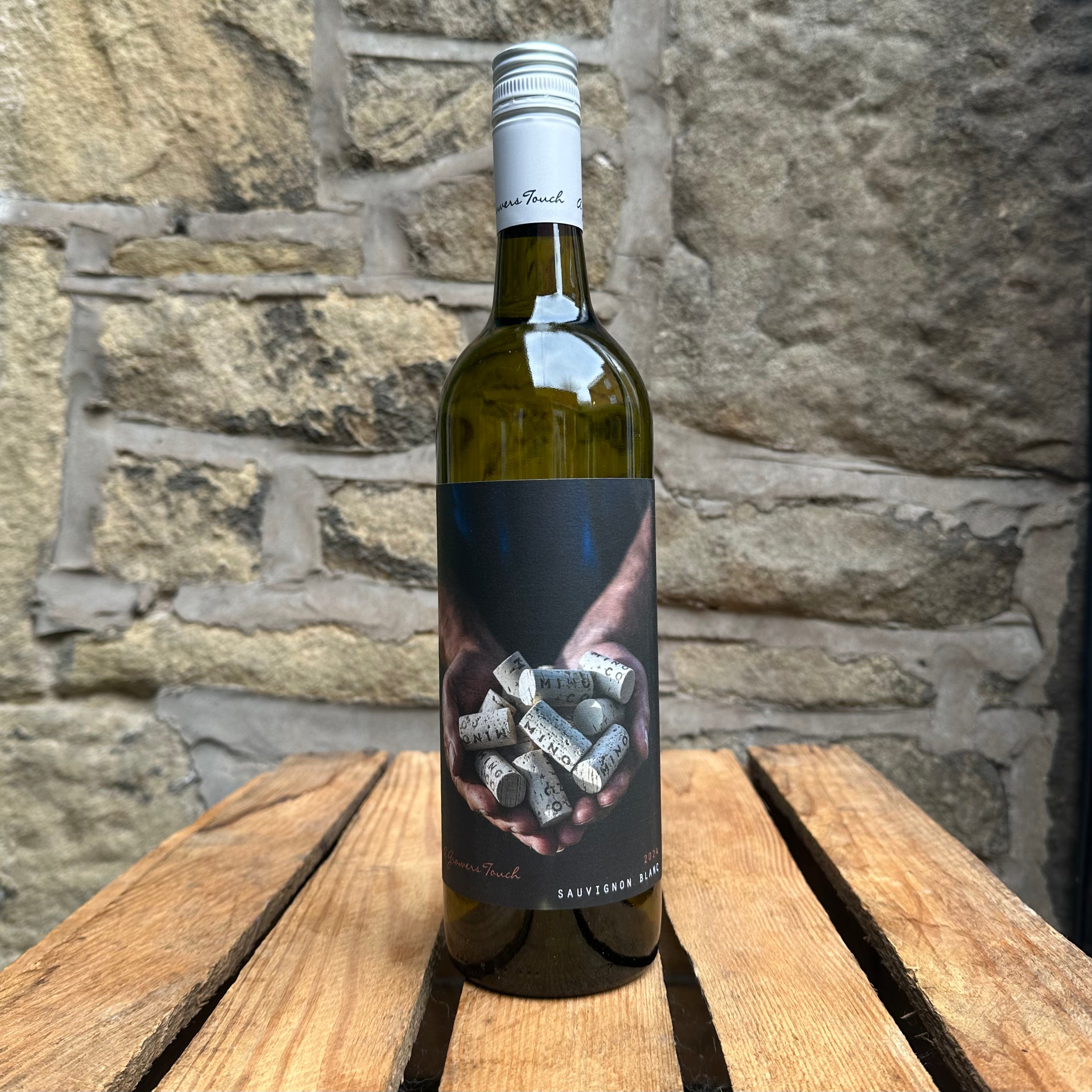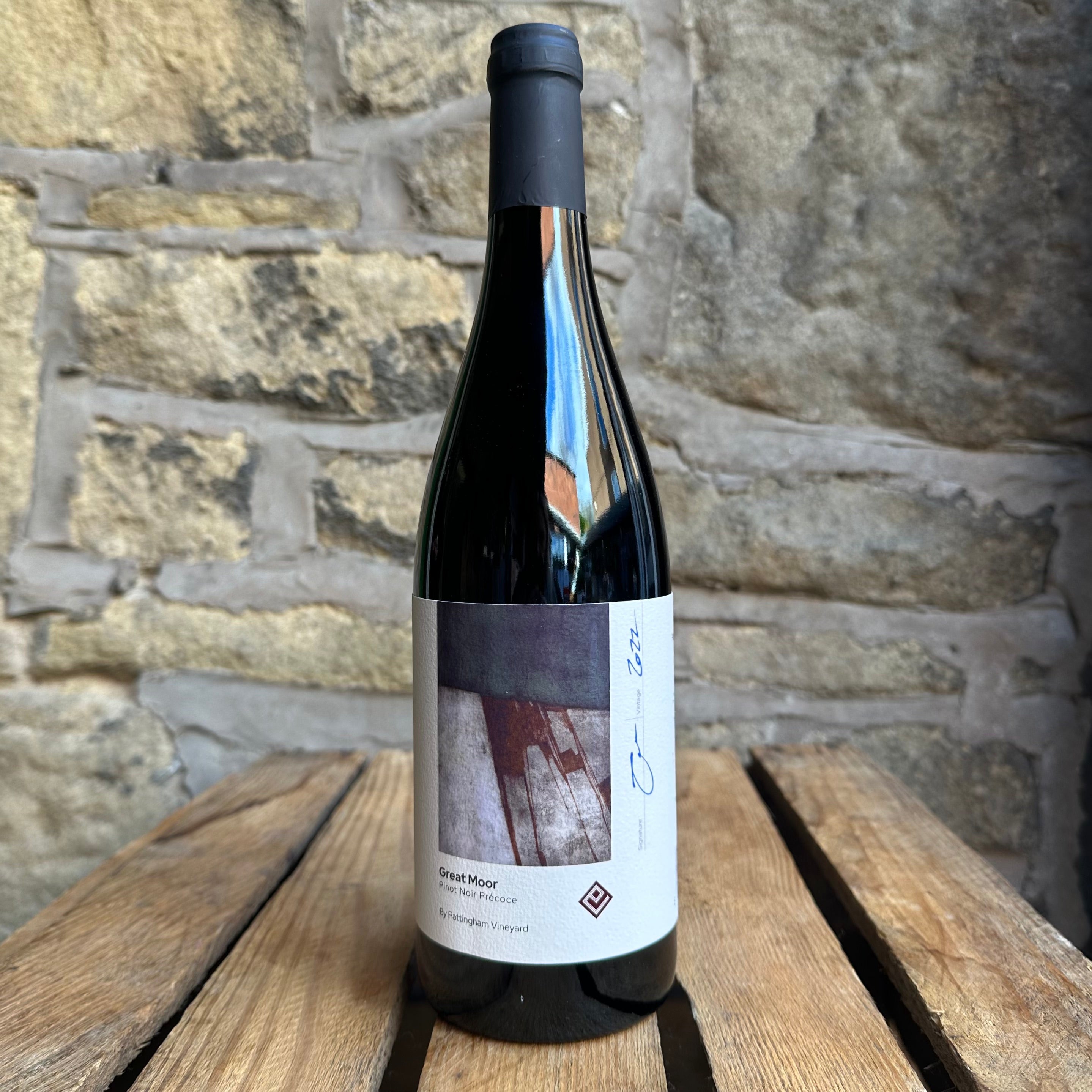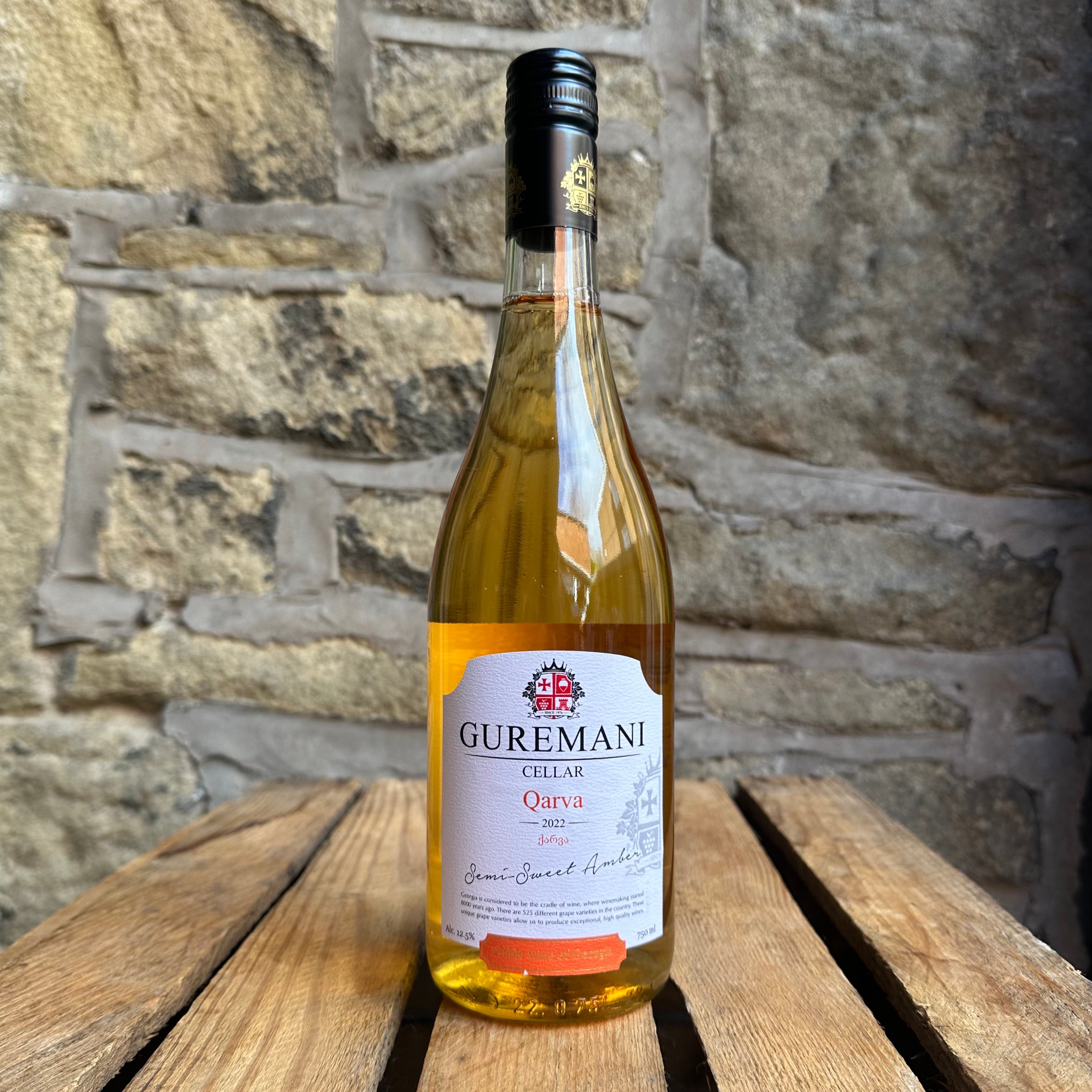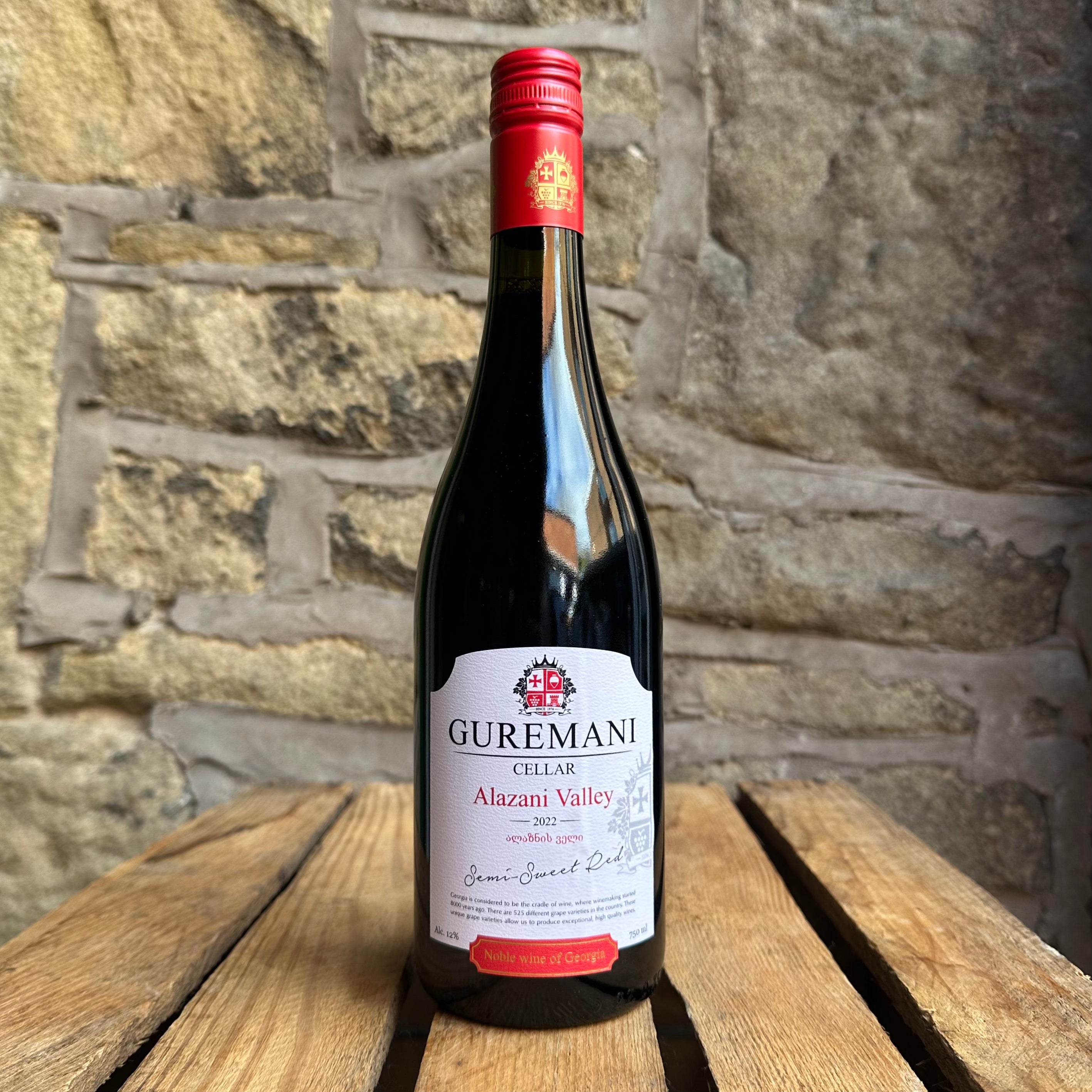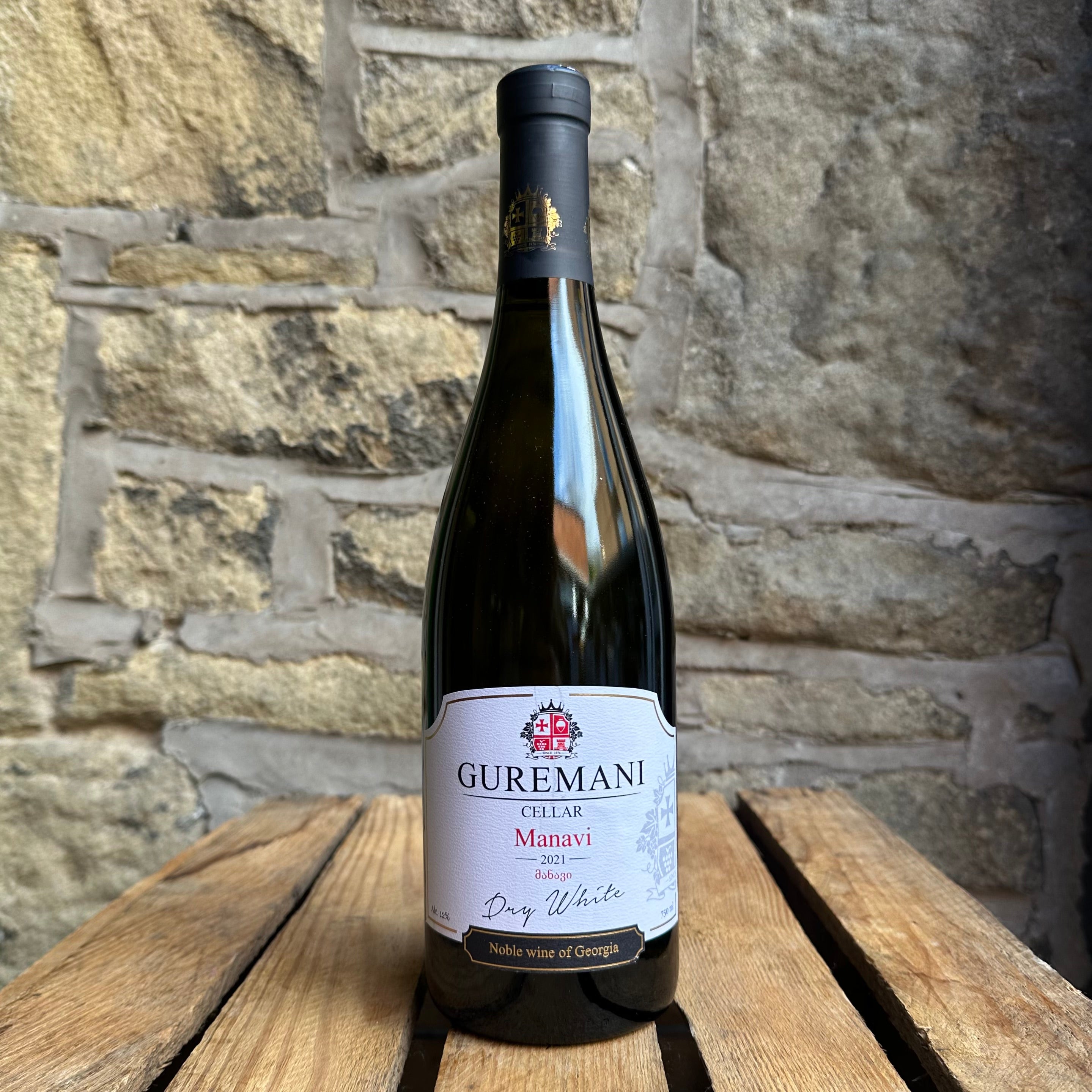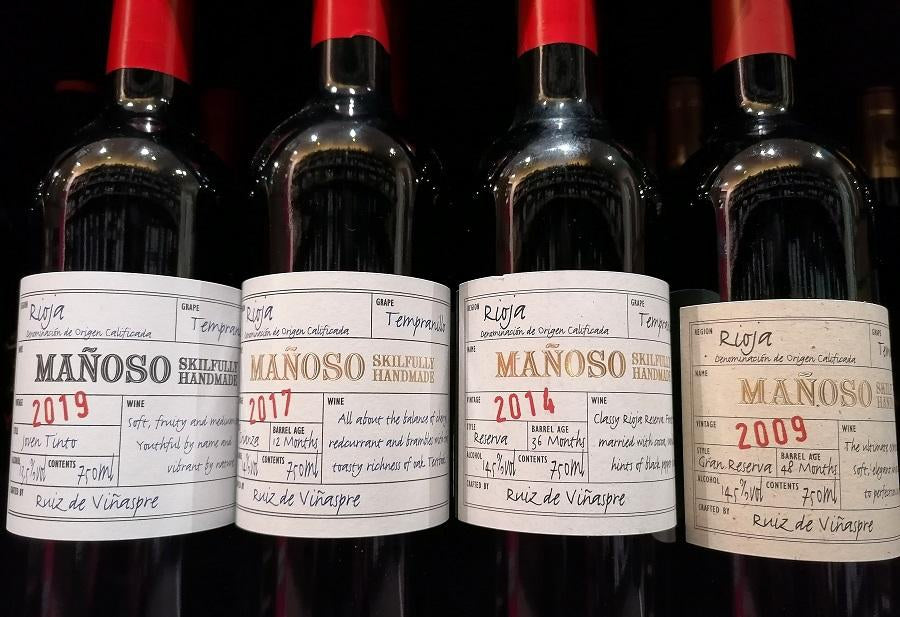
The Richness of Rioja

There are over 60 wine regions in Spain, but most people will immediately think of Rioja when choosing red wine and for good reason. Internationally renowned, it is truly in a class of its own.
Rioja has been producing wine since ancient times, with solid evidence of Roman production and most likely viticulture since the middle ages. The region now has strict regulations on yields allowed, viticulture and production methods, as well as longer maturation periods for deeper, tannin-rich wines. It is this consistency of quality, alongside the beautiful long-ageing qualities of the Tempranillo grape, that make Rioja red wines much loved by consumers.
Tempranillo is of course the main grape used in Rioja red wines, although many are not pure varietals. The blending of small quantities of Garnacha, Graciano or Mazuelo is often the case. A thick skinned grape of deep colour, it produces heavily tannined wines perfect for long oak ageing. Wines typically show lots of red berry flavours such as strawberry and raspberry, stewed fruit and spice. Age brings more spice alongside leather, vanilla and smoky nuances.
The three sub-regions are Rioja Alto, Rioja Oriental (previously named Baja) and Rioja Alavesa. Our new Manoso range of pure Tempranillo hails from Rioja Alavesa, the smallest area lying north of the river Ebro with part of the area in the Basque country. Its clay-calcerous soils provide great land for a variety of vines. Wines are classified by age, with the oldest demanding the highest prices. This important regulation relates to time aged before release and is proudly displayed on all labels.
Photo of Ruis de Vinaspre winery from http://www.bodegaruizdevinaspre.com
Good food partners include barbecue and roasted meats where the smokiness complements the wine, tapas dishes, chorizo, tomato sauce based pasta and pizza, burritos, tacos and aged cheeses. When choosing the wine, the age classification system brings ease with younger wines matching softer flavours and lighter meats, and older wines standing up to stronger spices and complexity.
Manoso have provided us with their full range to enjoy. All the reds are varietal Tempranillos for lovers of Rioja purity. Joven wines are the most youthful, matured for under 2 years before release with minimum oak treatment.
Manoso Joven is the first of their 100 % Tempranillo range. Bright red garnet in colour, it has delicious aromas of sweet berry fruits, morello cherry and herbs that follow through to the palate. Smooth well integrated tannins, make this a very easy drinking style of wine.
Delicious on it's own or great with BBQ, Pizza, Charcuterie, and tomato-based pasta dishes.
Crianza wines require 2 years before release, with a minimum of 1 year in oak barrels. Manoso Crianza has this12 months of oaking. Bright red garnet in colour with hints of vanilla and mature fruits on the nose with a touch of liquorice following through on the palate. Smoother than the Joven Rioja, it is a lovely step up.
Delicious on it's own, especially at the end of the night. Good with most red meats and hard mature cheeses.
Reserva wines cannot be released until after 3 years with the same minimum ageing in oak barrels of one year and the remainder allowed in bottle, although many are aged for longer in oak.
Manoso Reserva has12 months oaking and another 2 years ageing before release for aromas of black fruit, ripe red fruit and subtle vanilla. The palate shows a perfect balance between freshness and acidity, with integrated, mellow tannins. Excellent with roast pork, chorizo, lamb and aged cheeses.
Gran Reserva wines are not released by wineries until after 6 years with a minimum of 2 years spent ageing in oak barrels. As expected, these are often the boldest, most complex and refined Rioja reds.
Manoso Gran Reserva has the 48 months oaking and a further 4 years bottle ageing before release. Deep in colour with lots of vanilla, oak spice, stewed fruit and nuances of leather and smoke. An excellent example of long-aged Tempranillo.
A great partner for the complexities of tapas, smoky barbecued meats, spicy burritos and hard mature cheeses.
One last thing that we have noticed being requested more and more is Rioja white wine. Making up less than 10% of the region's production, it is currently emerging with increased popularity across the world. The main grape used is Viura (aka Macabeo in some other regions), a high yielding grape that requires the skills of Rioja winemakers to bring out nuances and complexities.
Typically dry and fresh with floral, citrus and stone fruit elements, the wine is palatable in its youth and can take well to oak treatment where aromas of honey and nuts come to the fore. It is sometimes blended with red Rioja wines and is a key ingredient of the famed Cava sparkling wines. A good food match for white bait, prawns, chicken and fish salads or even light noodle and curry dishes.
Manoso Viura uses careful cold soaking of grapes to produce condensed freshness. Aromas and flavours of fresh peach, apricot and nectarine make a deliciously round and easy drinking wine that is incredibly versatile with food. Try canapes, salads, chicken, fish and seafood.


